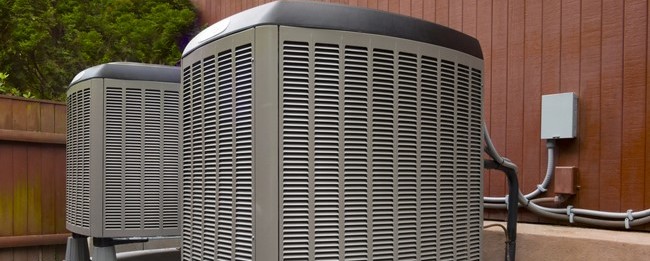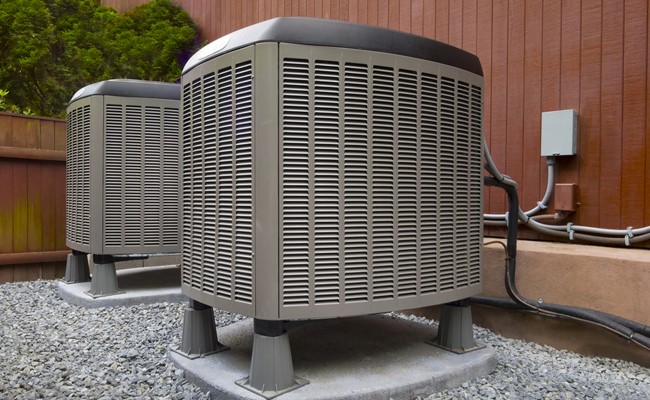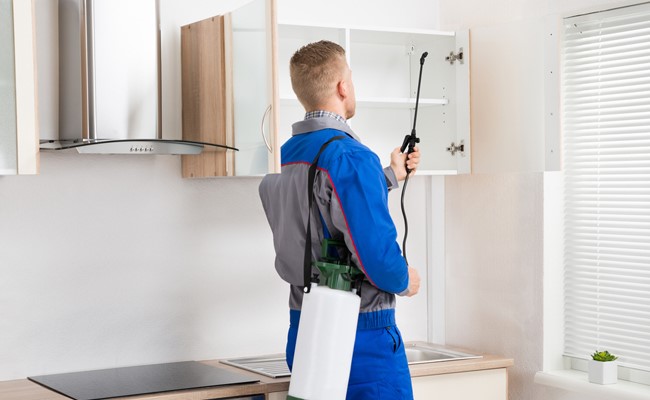
You’ve finally closed the deal on your new home and you’re ready to move in or set it up for eventual renting. It’s an exciting time, but it’s also extremely common for buyers to discover problems with their new properties shortly after the closing when it’s too late to do anything.
These problems are especially common when the home presents itself as outwardly well-cared for. The house is well staged and very clean, supposedly positive signs that can result in lax inspection practices, leading to costly repairs down the road that might have halted the sale entirely. That’s why it’s important to know where problems may lurk. A great inspector shouldn’t need your guiding hand, but many do.
Before you close and enter the honeymoon period with your new property, double-check these 4 areas with your inspector. Don’t let pre-existing problems fall into your lap.

When the building inspector comes to the property, their goal is to assess any and all structural issues by looking at the floors and walls, both interior and exterior, checking the foundation, and examining the roof. Any area that’s accessible should be looked at thoroughly. But what about the parts that aren’t easily accessible or physically accessible at all, such as the inside of the walls? Will these be inspected?
This is a common concern and the answer may not be the same with all home inspectors. Many home inspectors fail to assess the inside of the structure for pests such as termites. In some areas this may not be a problem, as termites are not all pervasive, but if you live in a region prone to infestation, this is a key step. It’s not uncommon for your average home inspection to miss signs of early infestation, so call on a pest-specific inspector for this phase of the process to make sure you get an accurate assessment.

When it’s July in Houston, the last thing you want to do is turn on the heat in your home. That just sounds like a recipe for misery all around. Unfortunately, this is how inspectors can overlook functioning problems in the HVAC system. Instead, many inspectors will assume that the system is working just fine based on only a partial assessment – the air conditioning seems to be working, so we’ll assume the heat is fine as well. But if you don’t turn on the heat, you won’t really know.
Always ask your inspector if they’ve checked both functions on the HVAC system when looking at a home. Be specific in asking about both the air conditioning and heat. If they haven’t looked at both functions, insist they return to complete the inspection, regardless of weather conditions.

If you’re buying a new property, such as a recently constructed townhouse, there are certain things you know right off the bat – the home doesn’t have tiles full of asbestos in the basement or lead paint on the walls. Those things simply aren’t on the market anymore, as we know about the hazards. However, if you’re purchasing an older home – typically one built before 1978 – especially one that hasn’t been on the market for an extended period of time, there are common older toxins that your inspector needs to check for.
Have your inspector check common strongholds of these toxins, such as basement ceiling tiles and paint on areas like window frames or banisters. If there is lead paint in the home, you’ll need to bring in an EPA-certified specialist to deal with it. This is an especially important issue if you’re buying a property that small children will reside in.
A professional should also handle removal of asbestos tiles, as exposure to asbestos is linked to the development of mesothelioma, a relatively rare form of lung cancer. As the buyer, you shouldn’t be responsible for the costs of fixing up a toxic home. Make sure your seller resolves these problems through appropriate channels before committing to the purchase.
Did your home inspector actually go up on the roof? Surprisingly, even though pre-sale inspections are expected to include the roof in their assessment, very few inspectors actually venture up there. Instead, most will look up at the roof using binoculars and generally assess what roof structures they can see internally by checking the attic or ceiling stains that indicate a leaky roof. In homes where some of the roof can be seen through other high windows, inspectors will also check those roof sections visually.
These quick examinations are fine, but unless your inspector actually goes up on the roof of the property, they won’t be able to assess the state of the tiles, and whether they’re broken and need to be replaced. If your home has a chimney, going up on the roof will also allow the inspector to check parts of the chimney that might be overlooked by an inspector on the ground.
If your inspector is unwilling to go up onto the roof, bring in a roof specialist. Roof repairs are costly and far from what you want to concern yourself with after buying a home.
While you need to have a thorough inspection performed on any property you’re considering purchasing, you also need to know your rights. We live in an era in which disclosure reigns – if the seller knows about a problem with the home that may not be evident, such as spring flooding made invisible due to an autumn sale – they must tell you about it. Buyer beware is no longer a valid excuse for selling a home without disclosing known issues.
While the buyer cannot force these disclosures in the most literal sense, you should include a contract in the clause that stipulates the prior owner’s responsibility for problems discovered within a certain time period after purchased or that can otherwise be verified as having pre-existed the sale.
Whether you’re buying a home for yourself or as a rental investment, Green Residential is on your side. A family owned business, we’ve been serving the Houston area for over thirty years. Contact Green Residential today to find out how we can help you on your journey to property ownership. Buying property is a difficult process, but our team at Green Residential can help smooth the bumps along the way.
